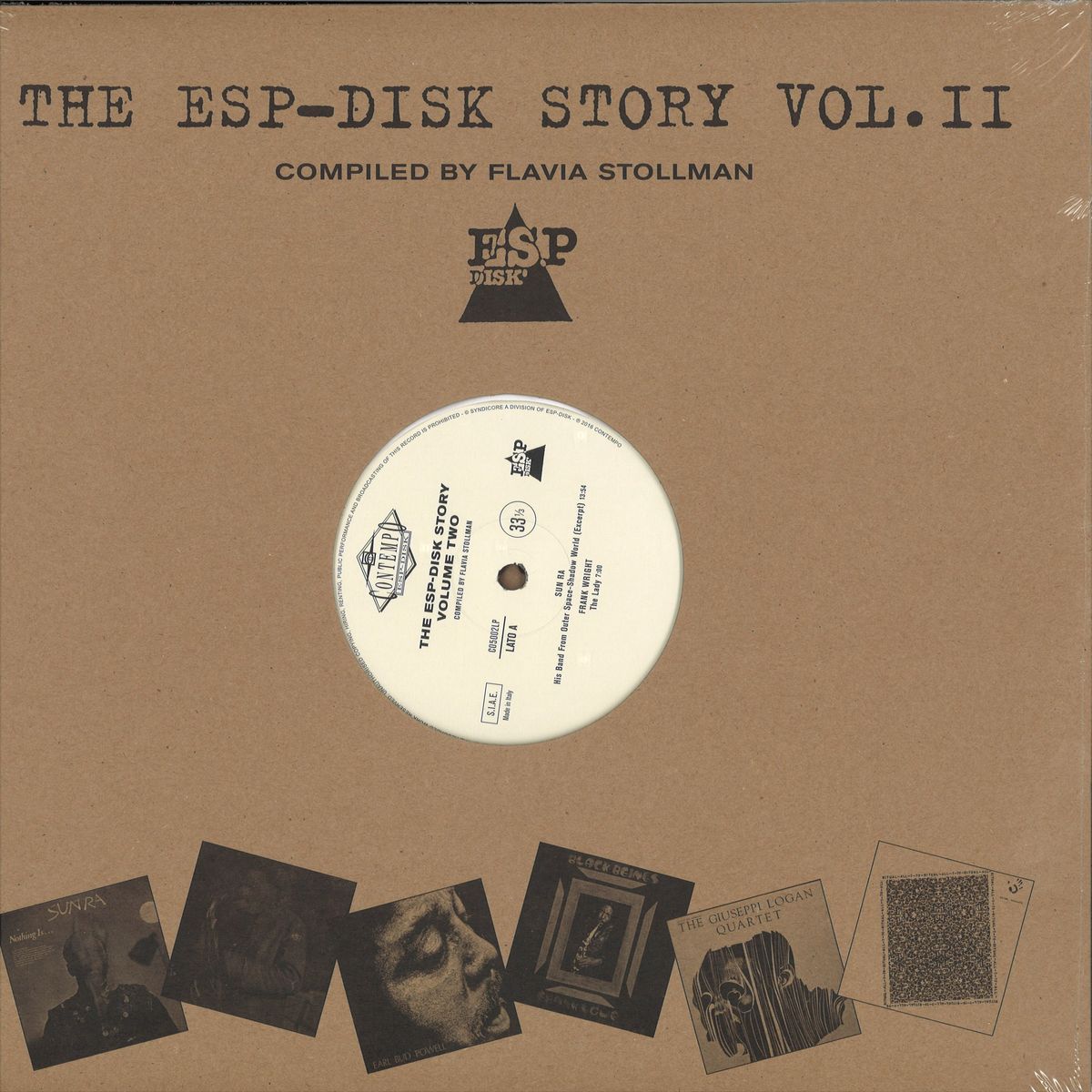Orchestra Baobab Made In Dakar Rarest
Of all the great musicians to have passed in 2016, perhaps the least remarked upon, unsurprisingly, was Ndiouga Dieng, one of the lead singers of the legendary Senegalese collective Orchestra Baobab. Here is his heartfelt tribute, in the form of another superb album from what remains of the band.Orchestra Baobab formed in Dakar in the early 70s, just as Latin dance music was starting to make an impact on West Africa. The music was brought over on records with western colonialists (a rare kind gesture) and immediately spoke to the rhythmically minded local musicians, whose innovations had in turn helped to inspire the Cuban son and other Caribbean dance crazes several decades ago.The result of this cross-pollination was Orchestra Baobab’s Afro-Cuban fusion style, owing in equal parts to each tradition. Their enormous success at the club level in Senegal paved the way for mbalax and Youssou N’Dour’s meteoric rise to international fame. Yet as N’Dour’s star rose, so did Baobab’s fall, not helped by the death of their original griot singer Laye Mboup in 1974.
So they called it a day in the early 80s, after recording the now-classic Pirates Choice.That would’ve been the end were it not for Nick Gold, head of World Circuit, who along with no other than Youssou N’Dour produced 2002’s spectacular comeback album Specialist in All Styles, which finally brought Baobab the international acclaim they’d always been denied, interestingly by rerecording old 70s and 80s hits with higher production values. 2007’s Made in Dakar repeated the same trick, and repeated their acclaim, but then again afterwards there was silence.Until now. Drawn out of their decade-long retirement by the death of Dieng (presumably) this ‘tribute’ is hardly morose – it’s the upbeat groove record we’ve come to expect from the band. There are still the other lead singers to play off each other in Wolof and French, ululating with a joy that transcends language. And there is still the prominently mixed percussion, grounding everything in a syncopation that lets you know just how this music is meant to be heard: in the process of dancing. Dancing quite awkwardly, if you’re as white and British as I am.One marked change is that most of these tracks are originals (the exception is ‘Sey’) for the first time in 35 years.
The continuity of these songs, in terms of quality, from past offerings demonstrates the continued success of their cohesiveness as a unit, despite the loss of certain group members.Indeed another sad loss is long-time guitarist Barthelemy Attisso, who chose to pursue a law career in his native Togo rather than carry on with the Orchestra, meaning that he’s been replaced with a kora player for the first time. The hole left by Attisso is a big one – his electric musings on guitar, walking the tightrope between continental musical styles, were always a highlight, and what’s more his interest in American rock stylings (wah-wah pedal particularly) gave western listeners an accessible aural entry point.Yet gone he is, and Abdouleye Cissoko’s kora playing is therefore what comes to define the sound of the new record. Unfortunately, the instrument is presented without accompaniment on ‘Mariama’, a track that comes halfway through and kills the album’s momentum with its air of faux-mysticism. But on other songs – when its elegant strings are used to jack up the groove by sprinkling fairy dust on the infectious saxophone chants, for instance, or surrounding and massaging the rhythm guitar – the results are magic. Sterling tube template. I love how its descending patterns augment the conguera in ‘Douga’, and Cissoko’s solo in ‘Magnokouto’ is quite something to behold.If there is a spirituality to be found in music (I’m doubtful), it’s probably to be found in the physical forcefulness of dance music and not the ponderous mysticism presented in a few tracks here. But preconceptions are always meant to be challenged, and my scepticism regarding the kora is indeed shattered on the last track.
Here the instrument, again without accompaniment, works up a sweat all on its own and firmly holds the attention for the admittedly short running time. I still prefer horns-drums-guitars Baobab, but you can never deny that the group really are specialists in all world music styles.So all that remains to be said is this: long live the Orchestra Baobab, no matter what their present or future line-up might be. Make sure to buy this album and, oh my, go and see them live if you possibly can.
. Alto Saxophone–. Arranged By–(tracks: 1 to 9). Artwork–. Bass–.
Congas, Drums–. Drums Sabar–.
Laye Mboup
Engineer Assistant–. Engineer Assistant, Mixed By–. Lead Guitar, Leader Chef D'orchestre–. Liner Notes Sleevenotes–.
Medoune Diallo

Mastered By–. Photography By–,. Producer–. Recorded By, Mixed By, Mastered By–. Rhythm Guitar–.
Talking Drum Tama–. Tenor Saxophone–. Trombone–.
Trumpet–. Vocals–,. Vocals, Congas–.


Vocals, Maracas, Claves–. Vocals, Timbales, Drums–.